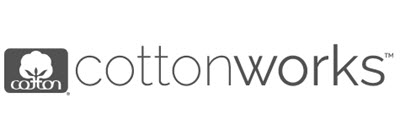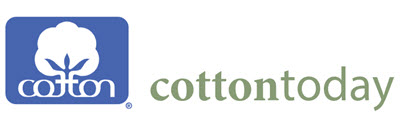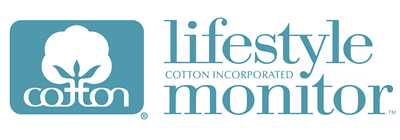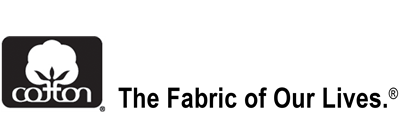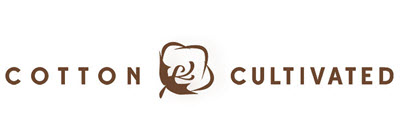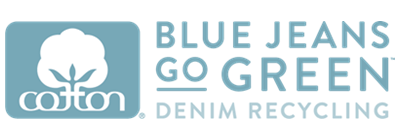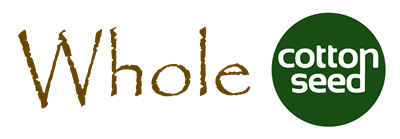
MICROPLASTIC
POLLUTION
COTTON INCORPORATED’S
SUPPLY CHAIN INSIGHTS
For More Information Contact: Corporate Strategy & Insights at Mark[email protected]
Source: Cotton Incorporated’s Microplastic Pollution Survey, 2025. Sample size = 974
AMERICA’S COTTON PRODUCERS AND IMPORTERS. Service Marks/Trademarks of Cotton Incorporated. ©2025 Cotton Incorporated.
68%
63%
Microplastics getting
into the products we
eat and drink
Microplastics polluting
beaches
67%
63%
Microplastics
damaging fish and
other marine life
Microplastics impacting
human health
connect microplastics with clothing
(among those aware)
42%
very aware and know
a fair amount
33%
somewhat aware but
do not know much
41%
63% 50% 46%
COTTON WOOL SILK
Gen Z Gen X/Boomers
Millennials
37% 26% 17%
Which actions, if any, do you take to reduce
microplastic pollution?
Purchase clothing/textiles
from natural fibers like
cotton or wool
38%
42%
Reduce/eliminate single-use
plastics
Avoid heating/reheating
food in plastic containers
34%
Use a reusable cotton
tote bag
33%
Microbeads
from cosmetic products
Synthetic
additives in gasoline
and motor oil
38% 26%
Degradation
of larger pieces of
plastic, such as water
bottles
Synthetic
microfibers detaching
from clothing during
washing
62% 46%
Biggest barriers preventing total respondents from
taking action to reduce microplastic pollution
32%
Unsure what actions to take
34%
Lack of clear information/
guidance
25%
Just don't think
about it
24%
Not enough
environmentally
-friendly options
Consumers Name Causes of Microplastic Pollution
Consumers Understand Role of Natural Fibers
% say fiber DOES NOT contribute to microplastic pollution
Awareness of Microplastic Pollution
% consider issues to be a major concern
Actions to Reduce Microplastic Pollution
Common Barriers to Action
Marketing Efforts Reach Gen Z
% seen or heard marketing about microplastic pollution

